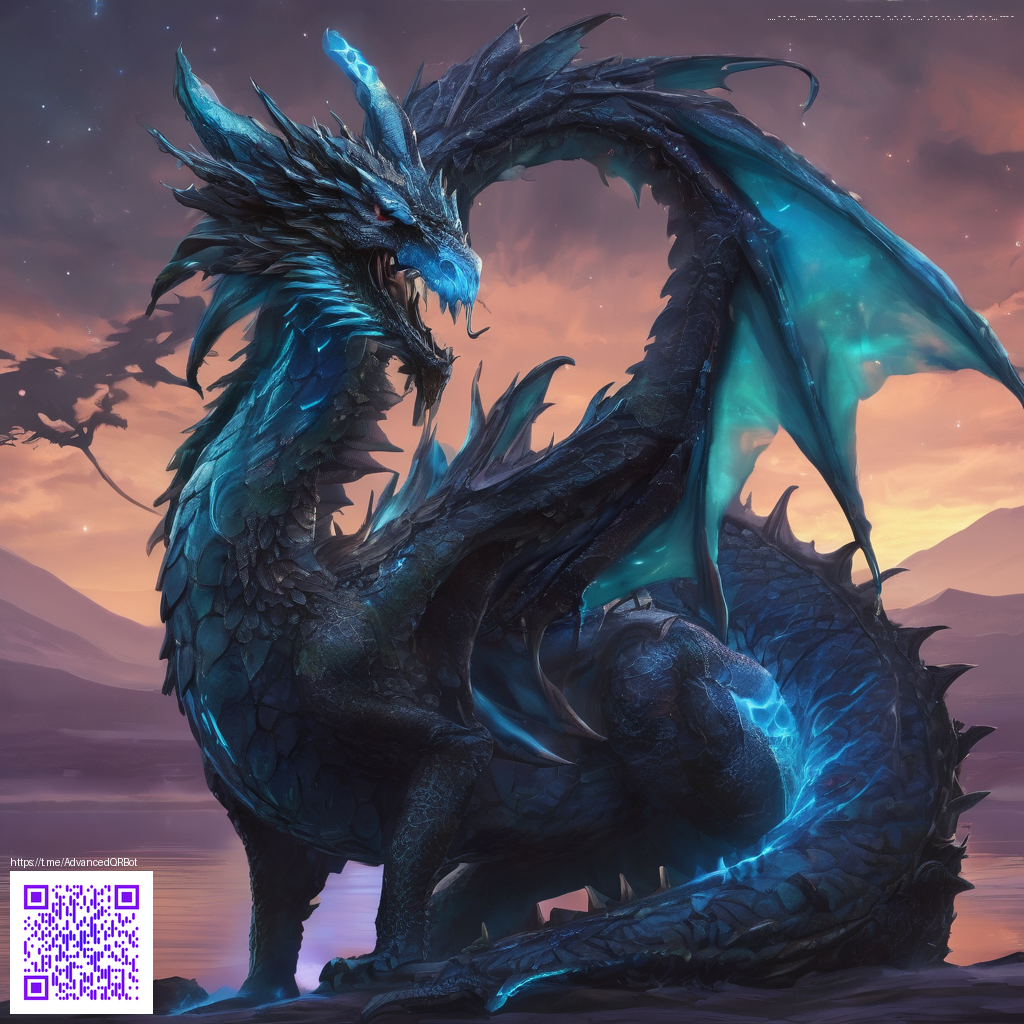
Engine and Technology Analysis for Super Smash Bros Ultimate
Super Smash Bros Ultimate stands as a landmark fighting game that pushed a single idea into a comprehensive platform. The core technology was shaped by Bandai Namco Studios and Sora Ltd in partnership with Nintendo, creating a development environment that balances a large move set with precise, arcade inspired control. The goal was to preserve the tactile feel that fans expect while opening doors to a broader roster and more ambitious stage design. The result is a title that frequently reads as a showcase of engine craft paired with community driven rhythm 🎮
Core engine design and cross studio collaboration
At the heart of the title sits a bespoke engine built to accommodate a sprawling fight roster and a diverse set of stage geometries. Bandai Namco and Sora Ltd collaborated closely to adapt tools from previous Smash titles while injecting new systems for hit detection, stun decay, and dynamic scaling during intense exchanges. This collaboration mattered because every new fighter has to feel distinct yet balanced within the same engine skeleton. The result is a platform where a character as nimble as a quick attacker remains readable at high tempo while heavier characters maintain weight in their mid range. The approach blends real time simulation with a design mindset borrowed from classic arcade games and modern competitive expectations 🔥
Performance targets and rendering discipline
The game sustains a reliable 60 frames per second in both docked and handheld modes, with dynamic resolution adjusting to maintain smooth gameplay. This consistency is crucial for competitive play where frame data translates to real time decisions. On the rendering side, the team optimized shading workloads and texture streaming to support a generous number of textures and effects without sacrificing response. Players notice the polish in animation timing, stage lighting, and particle bursts during high action moments, a trio of signals that the engine is tuned for clarity under pressure 🕹️
Physics and collision tuned for competitive rhythm
The combat feel in Smash Ultimate comes down to how inputs translate into movement, how hits connect, and how knockback is calculated across a wide range of fighters. The underlying physics system emphasizes predictable momentum while leaving room for character specific quirks. Collision boxes are carefully sized so that hit boxes feel fair across stages and camera distances, which is essential for both casual sessions and high level tournaments. The result is a sandbox where combos can be discovered and refined without surprising players with hidden physics gremlins. Community feedback through years of play has fed back into finer tuning and minor balance pass adjustments that keep the feel intact 👊
In development terms, the engine acts as a stage for creative expression while maintaining a crisp, tournament ready core. The aim is to let players perform precise sequences while the system quietly handles the heavy lifting behind the scenes
Rendering, audio, and the sensory stack
Beyond raw frames sits an audio pipeline that reinforces tempo and spacing. Subtle changes in hit stop, shield pressure, and stage audio cues inform players about the consequences of every action. The rendering stack supports vibrant color palettes and clear silhouettes, which matters for reading opponent behavior from a distance. Combined with responsive camera and stage design, the tech stack invites both players and spectators into a visually legible dance of risk and reward 🎯
Modding culture and community insights
While Nintendo maintains a traditional stance on modding, the Smash community thrives on user created stages, texture tweaks, and experimental projectiles realized through external tools and emulation. Fans study game binaries, extract data, and share stage ideas in ways that push the breadth of what is possible within a controlled environment. This culture emphasizes respect for balance and accessibility, ensuring new ideas do not derail the core feel that defines the franchise. The engine’s openness to experimentation is reflected in a persistent stream of community driven content and documentary style explainers that help players grasp why certain changes work in practice 🧠
From a developer viewpoint, the team frequently emphasizes that the engine is a living framework. Iterations respond to both competitive play and casual discovery, making updates feel meaningful rather than performative. The ongoing dialogue between players and developers helps steer future tweaks and keeps the game feeling fresh even years after release
Update coverage and evolution over time
Post launch, the title benefited from a cadence of major fighter additions and balance shifts. Each wave of DLC fighters tested the engine’s capacity to accommodate new move sets and collision interactions while maintaining the integrity of existing content. The updates also highlighted how scalable the underlying systems are, proving that a fighter’s toolkit can be expanded without fracturing core mechanics. The community often breaks down these changes frame by frame, celebrating successful tuning choices and analyzing edge cases that surface in competitive play. The net effect is a living architecture that supports ongoing experimentation and refinement 🎯
Developer commentary and official perspective
Official discussions emphasize a philosophy of preserving the original game feel while embracing modern performance and accessibility standards. The collaboration between Nintendo’s publishing arm, Bandai Namco, and Sora Ltd centers on maintaining clarity in fast action and ensuring each new addition integrates smoothly with existing systems. Fans hear about these priorities through interviews, post patch notes, and behind the scenes features that reveal how balance decisions are made and tested. The upshot is a project that respects its competitive roots while inviting new ideas to shape future updates 🧠
As players continue to explore the depth of combos, stage interactions, and the rhythm of matches, the engine emerges not only as a technical backbone but as a living canvas for community experimentation. The blend of precise physics, robust rendering, and open minded post launch evolution marks this title as a standout case study in how large scale fighting games can stay relevant through thoughtful engineering and ongoing collaboration 🎮
Phone Case with Card Holder Glossy Matte Polycarbonate